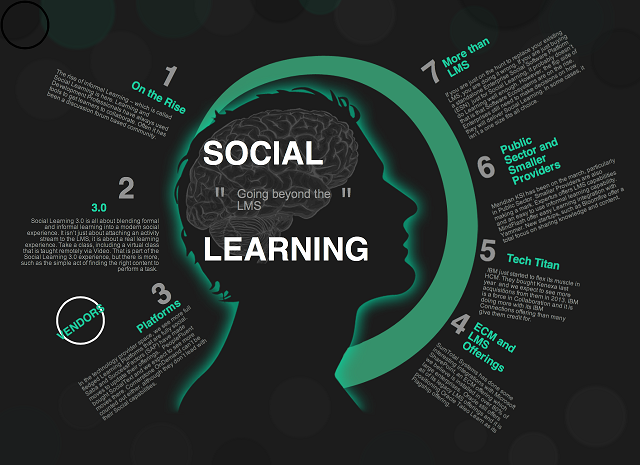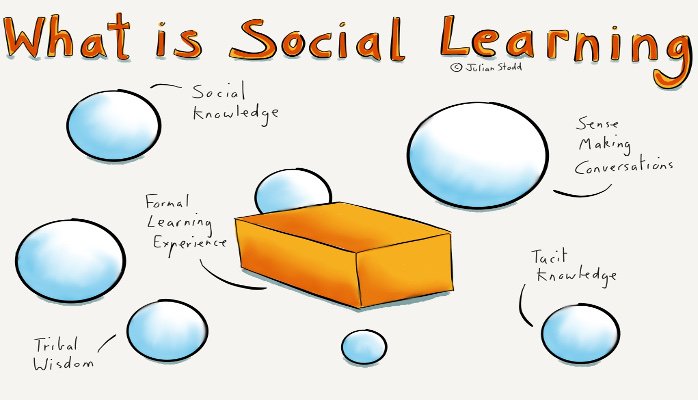MarketHive's inbound marketing platform delivers enterprise class internet marketing tools coupled with a vibrant social network…all for free!
Built by entrepreneurs for entrepreneurs, (not opportunity seekers), MarketHive is the solution to all you entrepreneurial, inbound marketing challenges.
MarketHive is the result of over 20 years of online experience dating back to when the internet was at its infancy. Thomas Prendergast a 40 year marketing veteran, and 25 year internet marketing veteran has built the most powerful Marketing Automation platform (known as Inbound Marketing) for the little gal and guy, like you. MarketHIve is a cutting edge inbound marketing platform that combines the power and techniques of inbound marketing with that of a vibrant social neural network of entrepreneurs from around the world. With the ability to broadcast your message to 10's of millions of social accounts, you will dominate your business niche in record time. No other inbound marketing platform provides this kind of reach or interaction with an integrated entrepreneurial community and all the marketing tools you need right at your fingertips. Not HubSpot, Not Pardot, Not Marketo. Not InfusionSoft!
The Benefits of MarketHive's Inbound Marketing Platform
1. Social interaction on the same platform: While you are utilizing the tools of MarketHive, you can converse, message and communicate with like minded entrepreneurs from around the globe within the same platform. You do not have to leave you inbound marketing website and jump onto a Facebook group to ask questions, provide feedback or inspire others. With a familiar social interface, you will feel right at home in MarketHive!
2. Integrated Blogging Platform: Most inbound marketing platforms provide many of the same tools, email capabilities, capture page technology, CRM and the list goes on. With MarketHive you have a powerful blogging platform available at the push of a button. Write you blog, then with the MarketHive WordPress plugin RSS you blog post to as many WordPress blogs as you desire.Swipe blogs from other like minded entrepreneurs to use as guest posts on your own blog, providing your readers additional insights into your specific niche. Or allow persons you are aligned with on MarketHive that have the same interests to automatically post to your blog as they post to their blog.
3. Capture and Lead Pages: MarketHive puts the power to capture lead without having to pay a monthly fee to have lead pages. You have the ability to modify an impressive set of capture pages or, if you love to code, develop your own custom page.
4. Capture widgets that are state of the art, 1 click and you get the full profile of your prospect who is registering. One click, full name (real name), real email address and the Social Network they confirmed with to register account. This is forward thinking, advanced marketing technology, priceless and no cost to you.
5. Email Marketing, Autoresponders & Lead Management: No marketing platform is complete without an email platform. Again MarketHive provides the most deliverable email marketing system available anywhere. Set up a capture page to develop a lead and then drip information to that lead building a relationship of trust. Don't forget to call your prospect. Nothing takes the place of speaking directly to them. You want to segment you list? MarkHive provides this functionality. Divide your leads into groups and send a broadcast email when you have important information, a great idea to share or just want to say, “Hi!”
6. Marketing Campaign Management: MarketHive gives you a complete set of campaign marketing tools to help you develop wining marketing campaigns:
- Vendor Records Management
- Group Marketing Co-Op
- Tiny URL Tracking
- Website Rotators
- Asset Maps to track your website real estate
- Keyword Analysis
- Backlink Tracking
This module alone will benefit you by helping you organize, track and work with your entrepreneurial group in swarming the internet with you message and product.
7. Advertising: Do you have a product or service you wish to get out to the masses? MarketHive offers unprecedented packages at far less rates than any other social network. Plus, you have the option to become a paid member and receive millions of advertising credits to use as you wish. In addition, the more you participate in MarketHive, posting valuable content, sharing content, commenting and the like, you will receive additional advertising credits. And even better, they never expire!
8. Video Integration: Integrate all your videos from YouTube directly into MarketHive to share directly with your group and entrepreneurial friends.
9. Ongoing Live and Recorded Training Workshops: We will teach you how to set ups your blog to maximize your swarm broadcasting to millions of entrepreneurs using social media
10. Thousands of entrepreneurs, at your fingertips for collaboration, sharing information, helping and bee-friending. Other inbound marketing platforms like Aweber, Getresponse, HubSpot, Pardot, charge from $200 per month to $10,000 per month and more. MarketHive (The powerful Marketing Automation Platform by Prendergast) is 100% free. MarketHive makes its revenue from Advertising and then pays you up to 50% commissions on that revenue. Advertising runs about $100 per day. The tools are powerful and the preceeding list gives you an idea of the comprehensive sophistication that makes MarketHive a powerful inbound marketing platform to Internet marketers, entrepreneurs, etc. like myself.
If you believe that my message is worth spreading, please use the share buttons if they show on this page.
Stephen Hodgkiss
Chief Engineer at MarketHive
markethive.com
Alan Zibluk Markethive Founding Member
















